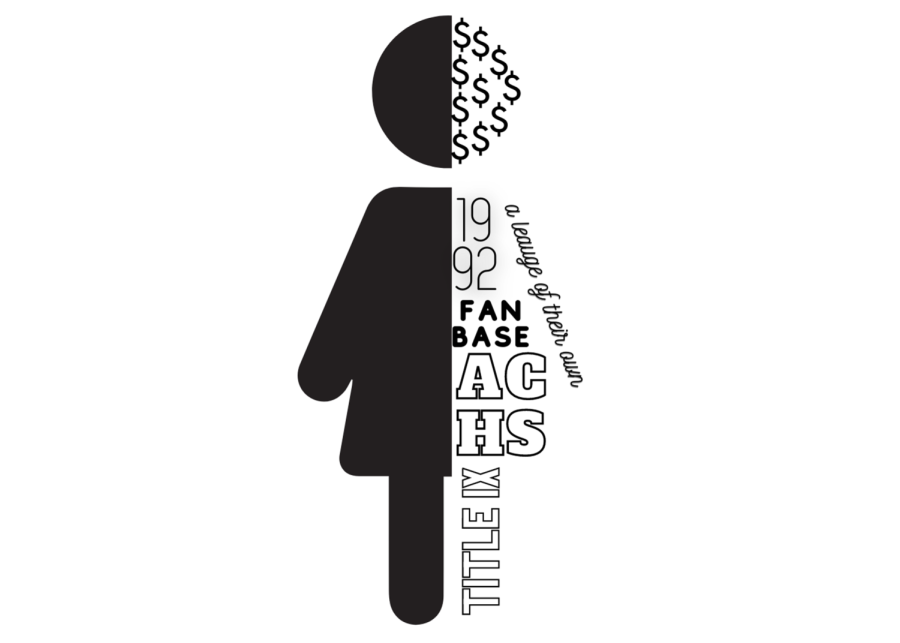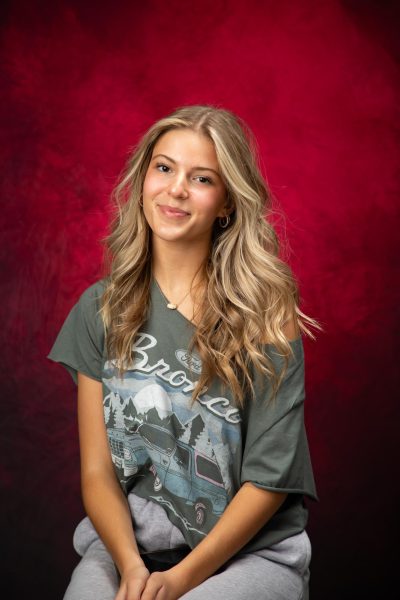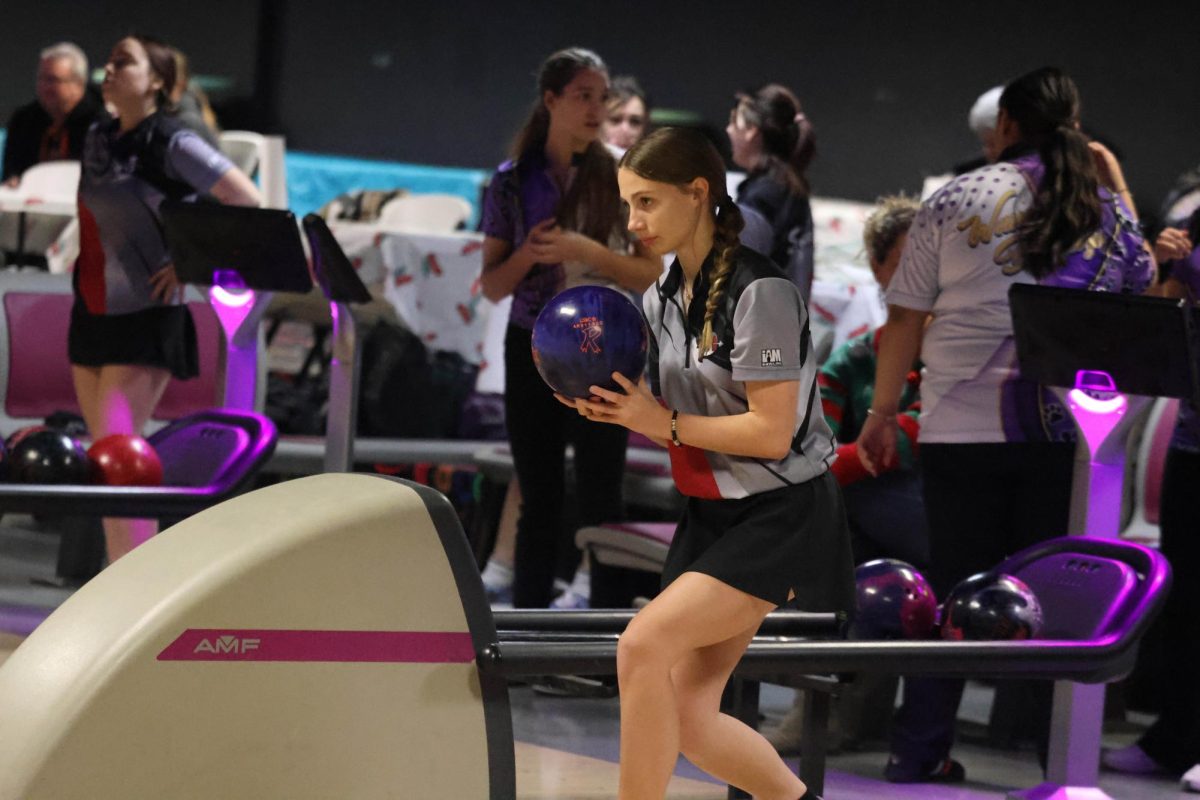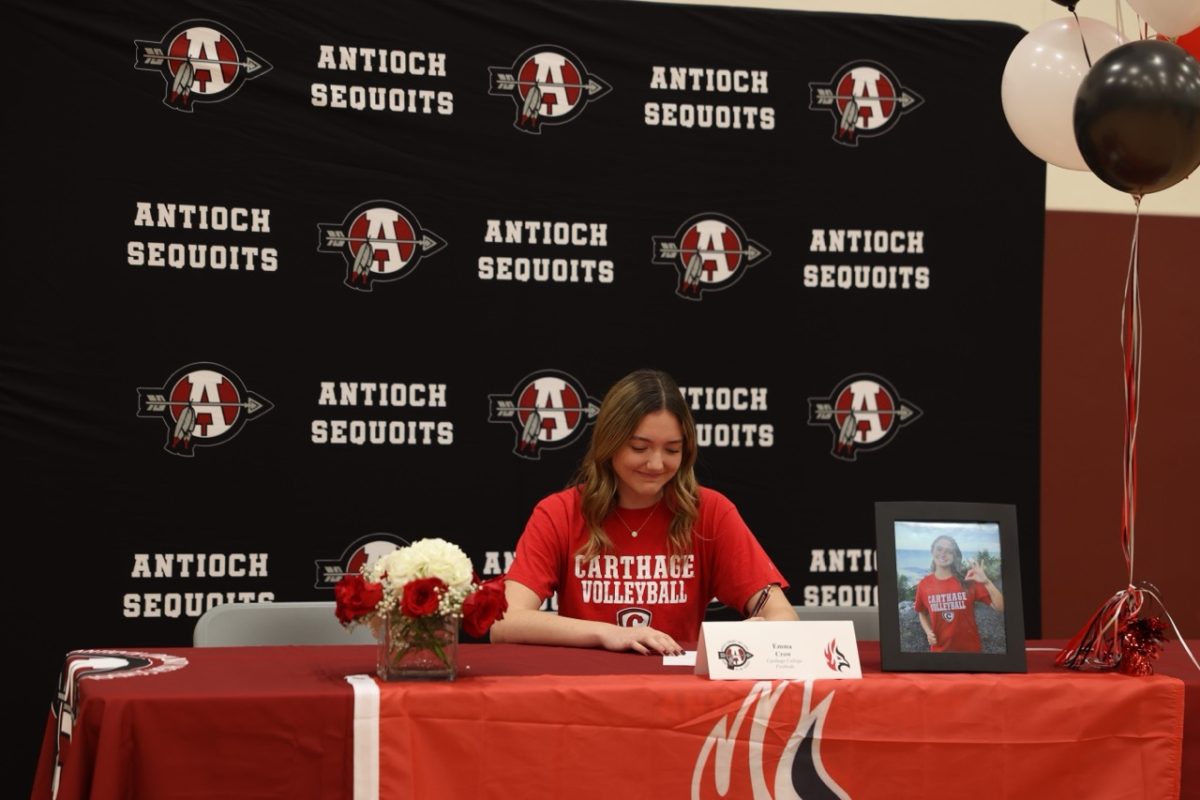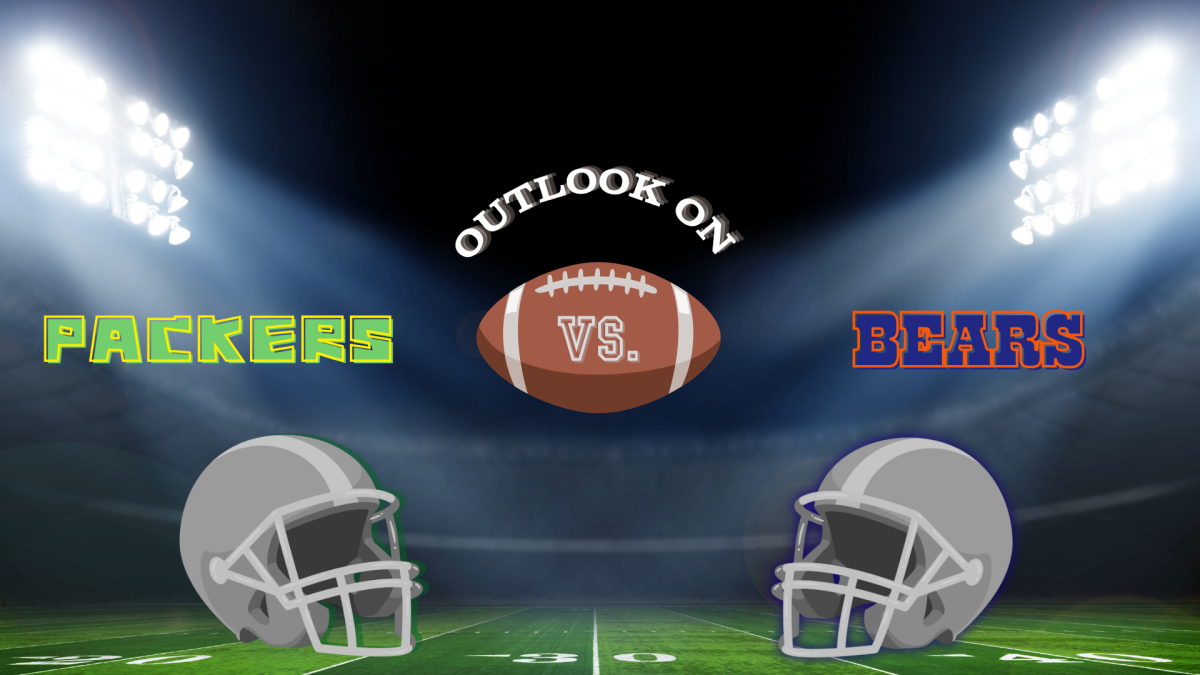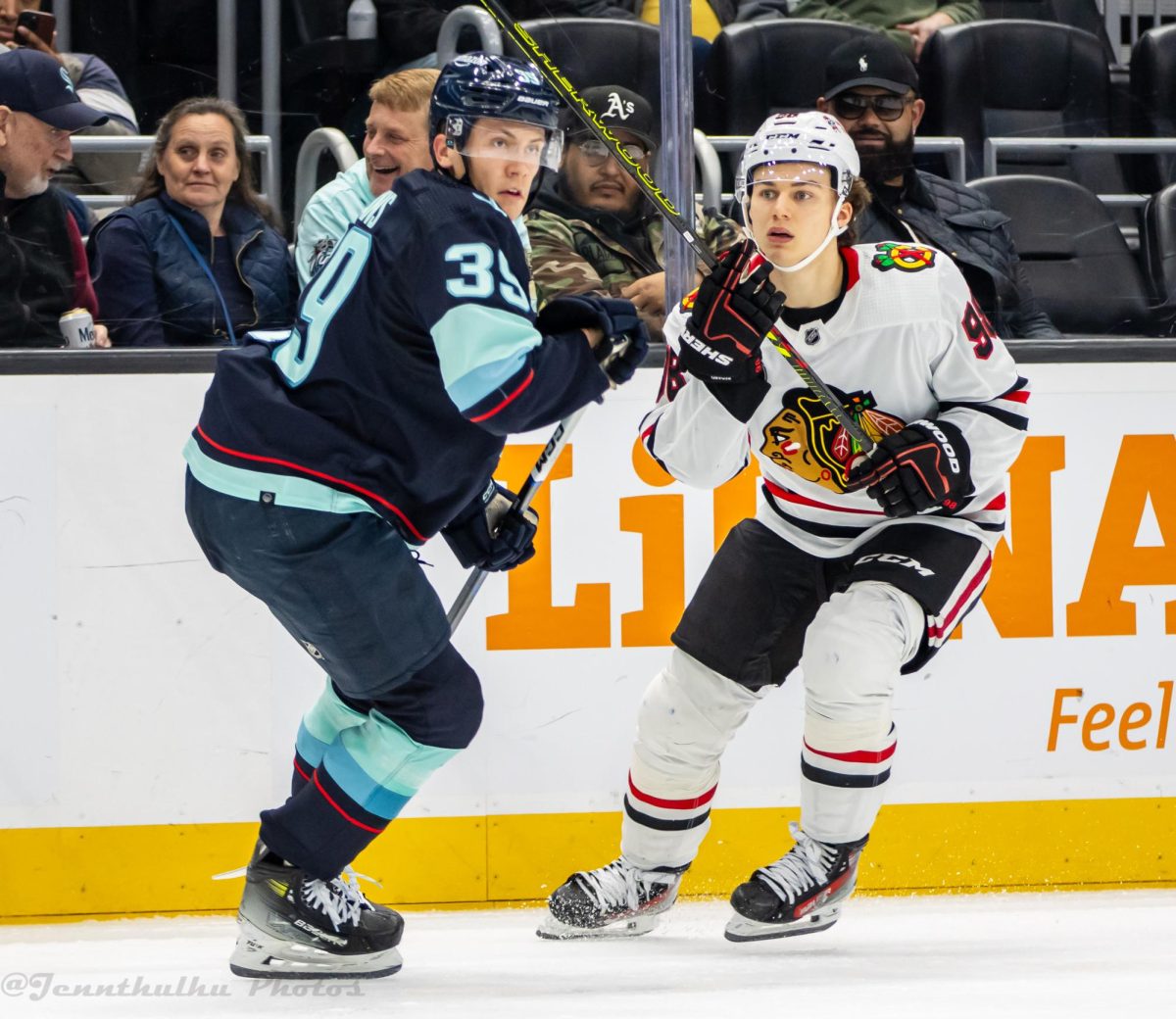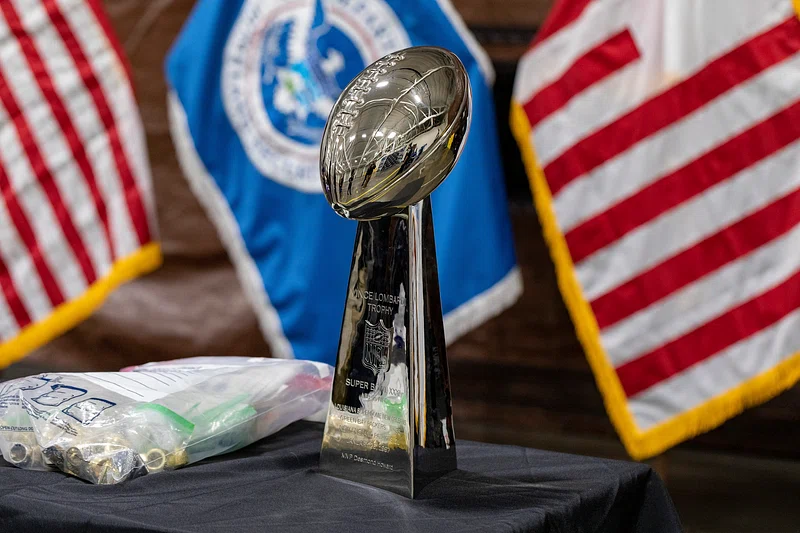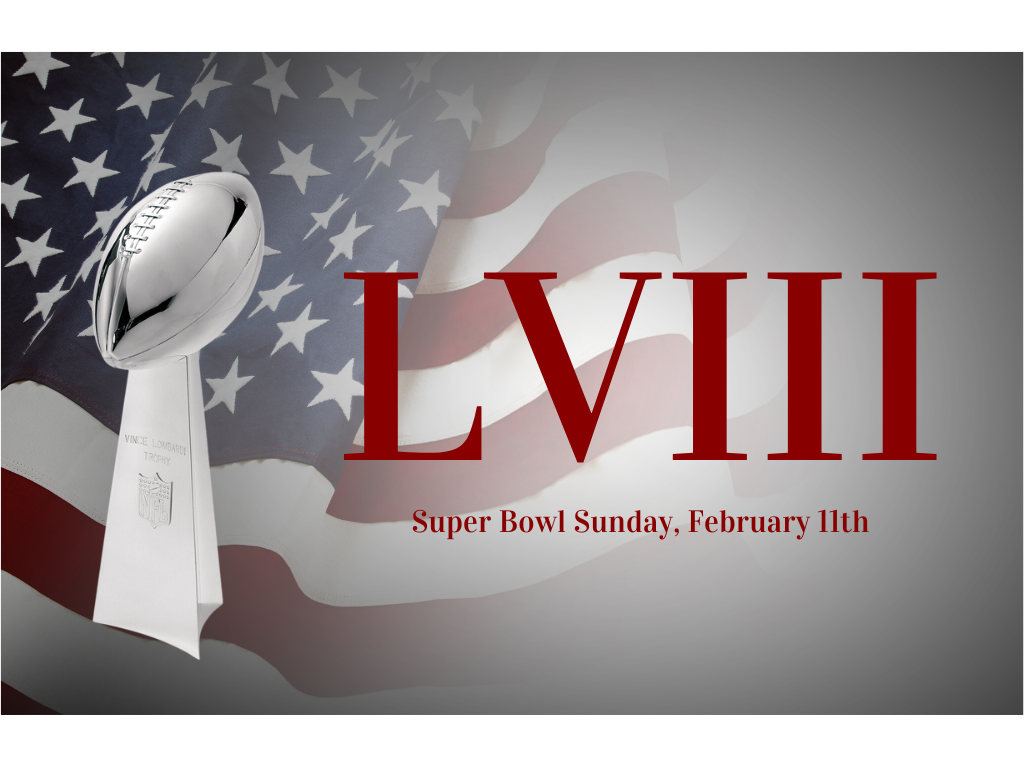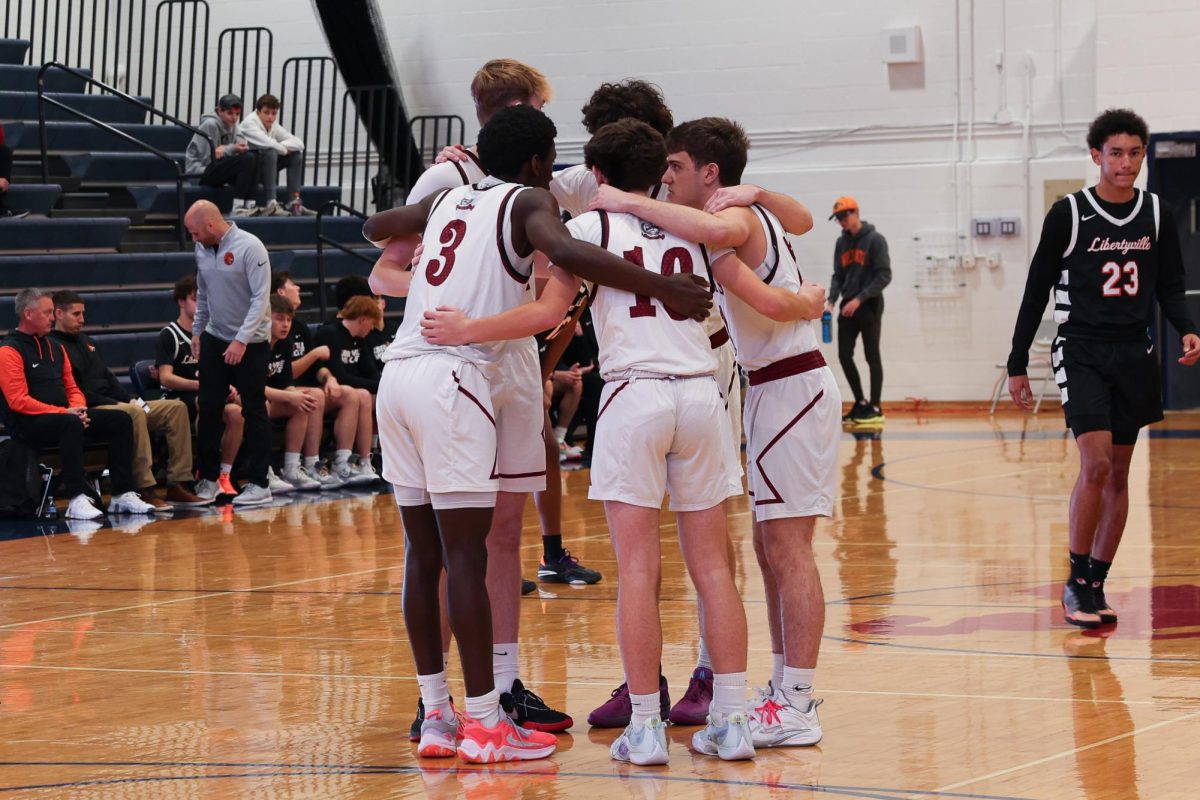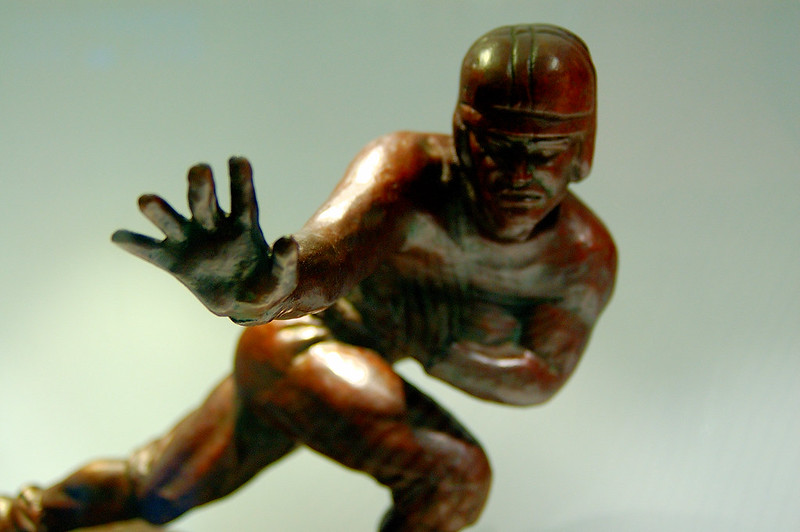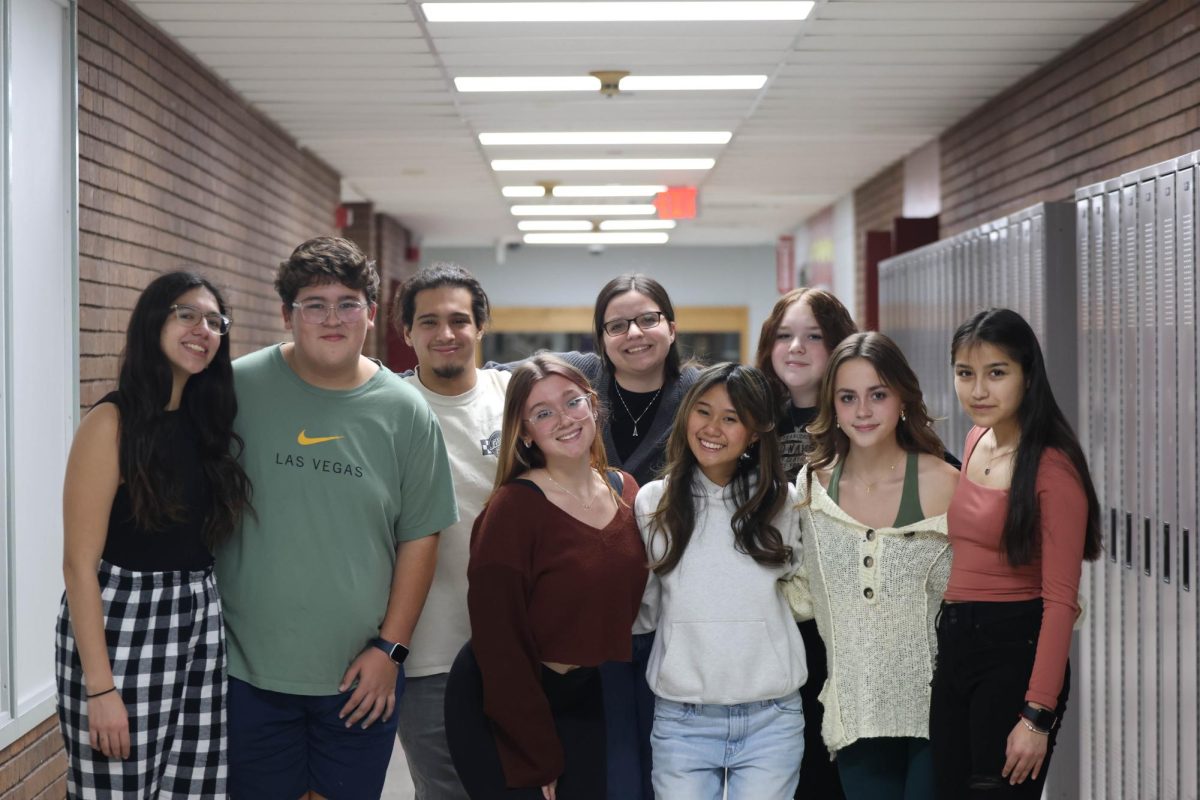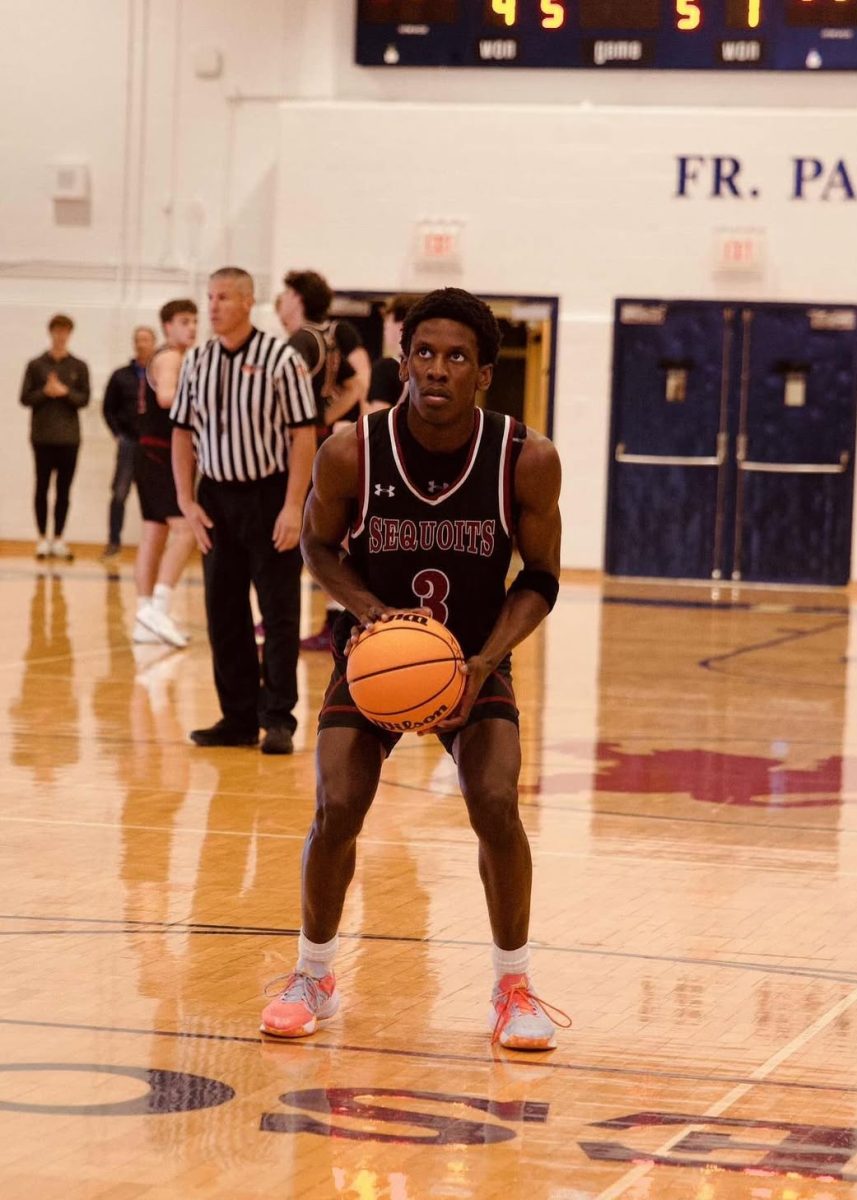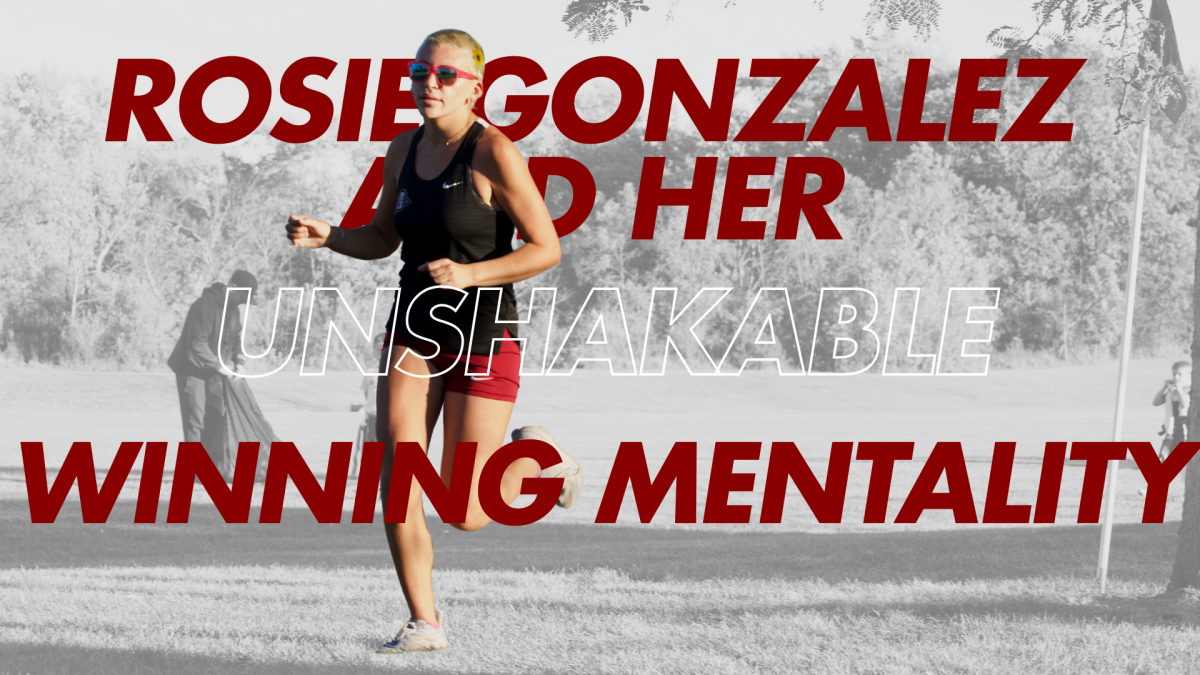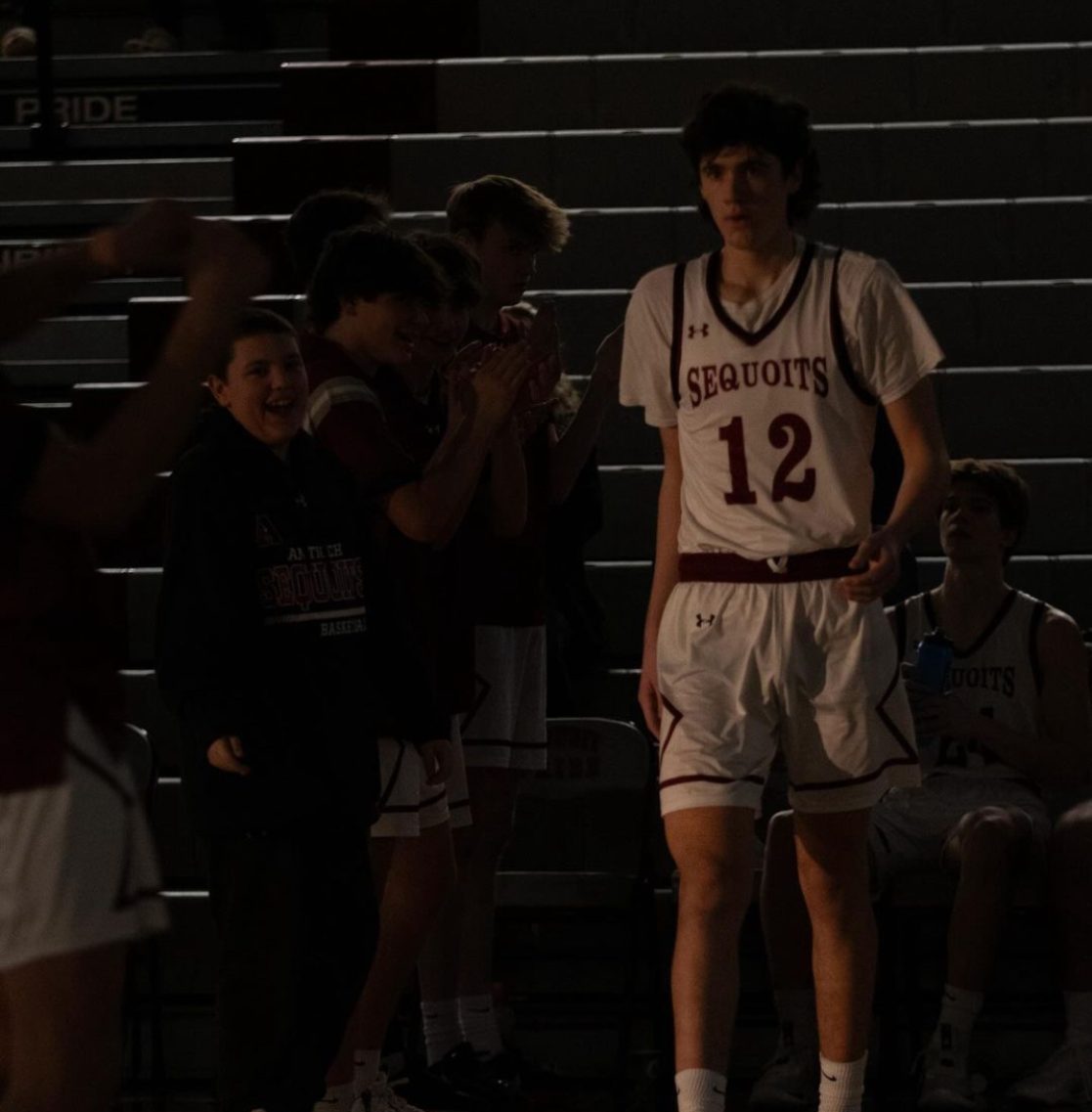The movie A League of Their Own was released in 1992 with the main plot of a women’s professional baseball team created in the midst of World War II. During this time, women were mainly held accountable for staying home and being caretakers. However, the women in this film avoided their given stereotype and found their talents in a “male dominant” area: sports.
For a long time, women have faced a great amount of underestimation in the sports industry. The often “unfair advantage” does not go unnoticed throughout the high school level and into the professional leagues.
Megan Bozek is an Olympic hockey player on the women’s USA team. Her two brothers, Dan Bozek and Stephen Bozek, are what inspired her to begin playing at just two-and-a-half years old. M. Bozek fell in love with the sport of hockey almost as soon as she stepped onto the ice for the first time. M. Bozek has played in two Olympic games; the first in 2014 held in Sochi, Russia and the second in 2022 held in Beijing, China.
In the early years of her career, M. Bozek played on a boys team. Being the only female brought her many challenges along the way.
“I would get dressed in hallways and bathroom stalls,” M. Bozek said. “As the boys got older, they definitely wanted to ‘hit the girl’ so I faced a lot of adversity with players constantly trying to be more physical with me, since they did not want to get ‘beat by a girl.’ Sometimes, parents would question if I was older and lied on my birth certificate.”
From all these years of playing, M. Bozek has taken notice of the disadvantages that women have in comparison to men.
“They have more opportunity and more visibility,” M. Bozek said. “With that comes professional leagues that pay (women do not have many pro leagues that pay as a full time wage), fan base is higher since the visibility is on TV, radio, social media and more.”
In the long run, M. Bozek explains that she hopes that women’s sports will gain the recognition that men’s sports have in today’s society. If the visibility for women’s sports becomes more apparent, then women’s sports will have a greater chance of growing and becoming more acknowledged in the future.
“People’s perception before they even watch women play sports sets the tone for them,” M. Bozek said.
While the outside world of sports has been deemed unfair by many individuals, ACHS is open to anyone who wants to play sports, regardless of their gender.
Maddie Lyon is a physical education teacher traveling between both Antioch and Lakes Community High School. Additionally, Lyon has been coaching soccer for five years, and has been the girls head coach at ACHS for two years.
Lyon explained that girls sports are most definitely looked at differently than boys sports are, but Title IX has helped with this. Title IX is “a civil rights law that protects people from discrimination based on sex in education programs or activities that receive federal financial assistance.” The Title IX implementation has helped immensely with creating an equal balance between men’s and women’s sports, even at the high school level.
“I think it does help to have a female athletic director; I think that’s huge,” Lyon said. “ACHS makes it very fair with having so many women’s sports in comparison to men’s sports.”
Alongside this, Lyon also explains that ACHS allows females to play sports that are mostly male dominated, such as lacrosse, and ACHS also offers sports for both genders such as soccer, wrestling, cross country and more.
Jamie Atkinson has been coaching volleyball for seventeen years, and is currently the head coach for ACHS’ boys volleyball team.
“I think the perception of women’s sport has changed,” Atkinson said. “I think the US women’s soccer team has really helped change that perception of women being amazing at something.”
As the fairness of both sides continues to be sorted out and improved upon, the number of people who attend women’s sports is still significantly lower compared to mens.
“I feel like women’s sports, in professional as well, are just not highly attended sports,” Atkinson said. “I think it is a perception in our country that women’s sports are not as visible publicly, so they just do not draw the same crowds.”
Although the lack of fans at most women’s sports may seem like a setback, the motivation still remains.
“I do not think it hinders any of their competitiveness,” Atkinson said. “I do not think they do not care, but you still want to win whether there’s fans there or not.”
According to the article “We Can’t Ignore the Equal-Pay Problem in Women’s Sports Any Longer” written by Macaela Mckenzie, Mackenzie explains that the pay gap is still very apparent in the sporting industry for multiple reasons.
The article explains that women’s sports do not receive as much attention or crowds as men’s sports do, but women’s sports also do not receive as much airtime or promotion. Additionally, women’s sports receive far less revenue, but it is mainly due to the fact that there is a lack of investment put into sporting events.
Similarly, when France won the FIFA Men’s World Cup, the team was able to take home $38 million. However, when the women of the USWNT won the tournament just a year later, that team came home with just $4 million.
Ultimately, with the unfair pay and the underestimations that women face on a day-to-day basis, it shows the importance of figuring out a way to make sports fair for everyone, regardless of the gender aspect. Not only this, it also pushes women to never give up on their goals, no matter how difficult it may be. As Jimmy Dugan said in A League of Their Own, “It’s supposed to be hard. If it wasn’t hard, everyone would do it. The hard… is what makes it great.”


